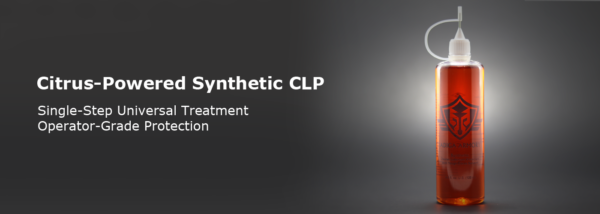
With the seemingly constant increase of nuclear threats, be they accidental [Fukushima] or deliberate [North Korea], there has been a resurgence in Geiger counter and radiation detector sales. Lets take a look at how classic Geiger’s compare to a modern radiation detector.
Radiation and Radioactivity
In the event of a nuclear weapon attack, there will be a brief period of extremely high thermal radiation [heat] that is reduced greatly within seconds following the blast. This is accompanied by high levels [thousands of REMs] of cell-destroying ionizing radiation [X-rays, γ-rays, α-radiation, β-radiation, or neutrons] that can last hours, days and weeks following the blast. In the event of a nuclear accident, the radioactive fallout can last much longer [decades, or more] since the meltdown is usually at or near ground level, and radioactive fuels are not expended in a high-efficiency, weaponized air burst.
Ionizing radiation is basically the rapid shedding of neutrons or electrons, which are emitted by a radioactive source. These are moving at near the speed of light, and act like tiny cannon balls that pierce your body and permanently destroy cell structures and DNA strands. Since ionizing radiation is invisible, and it can take days, week or even years to “feel” it’s harmful effects, we need special instruments to detect it. These radiation detectors are loosely referred to as “Geiger counters”, named for the Geiger–Müller tube or G-M tube that is part of the detection circuitry on devices such as the Civil Defense instrument below.
Geiger Counters

Old “Civil Defense” Geiger counters from the Cold War can be found online and in mil-surp shops for relatively cheap prices. They are certainly better than nothing, but there are a few things you need to know before you buy one.
First, the true Geiger counters are models CDV-700 and CDV-718. The CDV-700 does not work well in a high-level scenario as the G-M tube becomes saturated and gives false, low readings. The CDV-718 is a great, all-around Geiger counter with a wider detection range and rugged, durable construction.
There are also ionization chamber survey meters such as models CDV-715, CDV-717 or CDV-720 that detect higher levels of radiation. These units are sensitive to moisture, so varying storage conditions over the decades will weigh heavily on how accurate these units are and how often they must be re-calibrated. Also, they must be calibrated by a certified entity, as they do not have a simple self-calibration function like modern, digital meters.
Overall, I feel that these devices are better used as collectors items rather than for a real-world nuke/SHTF scenario. They are bulky, heavy and unwieldy for a bug out situation. Also, they are somewhat limited in their detection spectrum, so you will need more than one to cover all of your bases. The difficulties of calibration are also an area of concern. They do have one thing going for them though, their military roots mean that they are built like a Soviet tank and can take a beating.
Modern Radiation Detectors

There is also a multitude of newer consumer-grade, modern Geiger’s with a wide variance in quality and performance. GQ Electronics has been producing high-quality, affordable radiation detectors for years now, and the GMC-500+ [Plus] is no exception. So, this was the specimen we chose to do our comparison.

The GMC-500+ is a dual-tube detector, and has a wide detection range that reads Beta, Gamma and X-Ray. It has tremendous battery life with a rechargeable and removable 18650 lithium 2600mah [this unit stayed on for 7 continuous days before it died]. It also has built-in WI-FI and a data logger for storing and capturing field test data for later analysis with the included data viewer software.
Here are some more specs from the manufacturer:
- Radiation Detection: Beta, Gamma and X-Ray
- Detection Dose Range: 0 ~ 42500 uSv/h
- Detection CPM Range: 0 ~ 982980 CPM
- LCD Display: Dot matrix with back light
- Power: 3.6V/3.7V battery / USB power
- http://www.gqelectronicsllc.com/GMC-500UserGuide.pdf

The compact size and weight of this unit makes it notably better suited for carrying around. It will likely require a small carry case as the unit is not as robust as the old Civil Defense models. You may also want to include a couple of Ziploc bags for use in the rain, as it is not water resistant either. However, with a modern battery and USB power, you can use it in combination with portable solar chargers and power banks for greatly extended usage.

Electromagnetic Pulse [EMP]
Bear in mind that whatever unit you buy should be stored in a Faraday Cage to protect it from an Electromagnetic Pulse [EMP]. Powerful and wide-reaching EMP’s are emitted during high-altitude nuclear blasts. You can protect your critical devices by placing them in a fully-enclosed conductive metal container with a fully insulated interior [top, bottom and sides] to prevent physical contact with the metal container. This can be done cheaply using a steel pot, aluminum foil, cardboard and some small bungees.




Thank you for all the information about Geiger counters and modern radiation detectors. My husband got really interested in modern Geiger counters and how they are different. That is really cool that there are a multitude of newer consumer-grade Geiger counters that are high-quality and are more portable.
Great post… been looking at getting a radiation detector but was not sure where to begin. This helped… thanks!